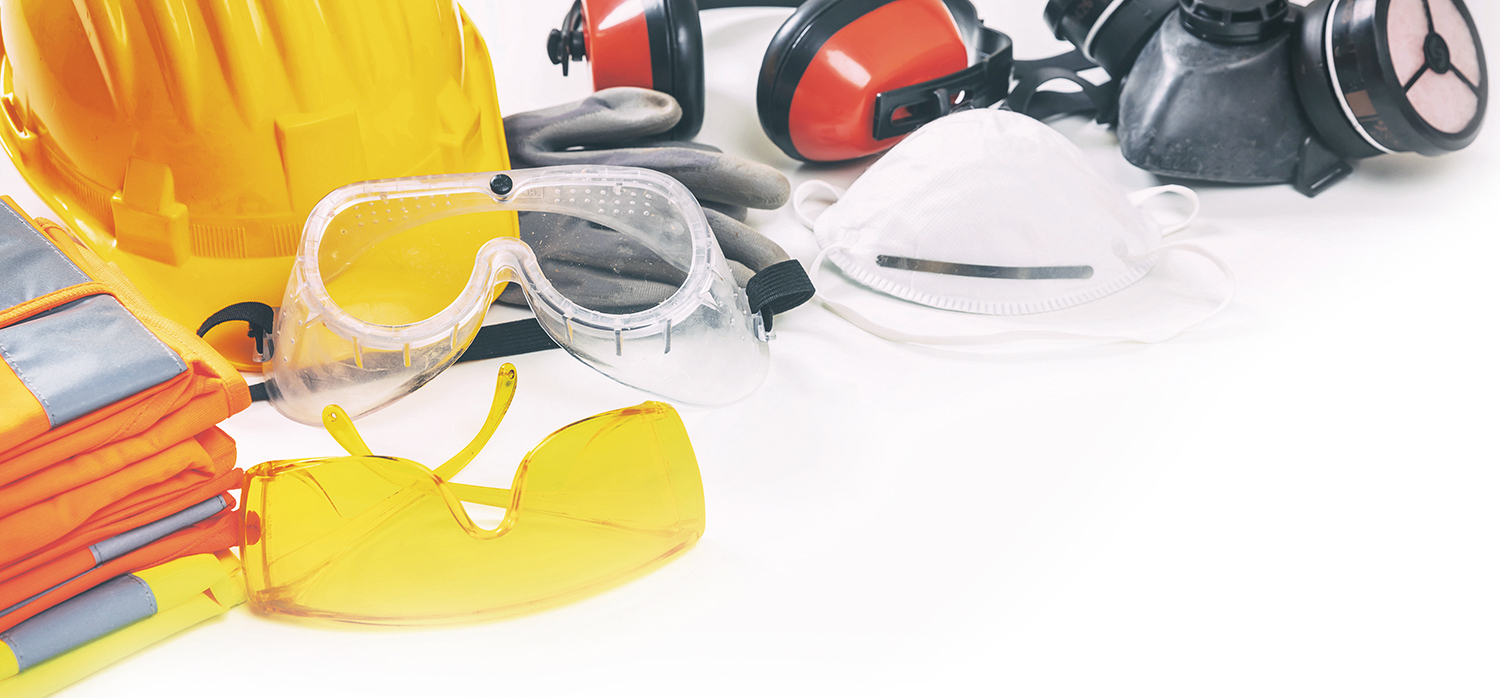
What is in the amended PPE regulations, who are ‘limb (b) workers’ and do they work in construction? PSJ explains.
The Personal Protective Equipment at Work Regulations 2022 came into effect on
6 April 2022. Construction employers must now provide suitable personal protective equipment (PPE), where there is a health and safety risk to all workers they use, not just employees.
“These amended regulations follow a High Court ruling that the UK had failed to implement an EU directive on minimum health and safety requirements in the workplace,” says Emma Burrows, partner and head of employment at Trowers & Hamlins.
“Under the amended regulations, everyone defined as ‘limb (b) workers’ must be treated the same as those with employment contracts when it comes to the provision of PPE.”
What is a limb (b) worker?
A limb (b) worker is an individual who works under a contract for another party. The Health and Safety Executive (HSE) guidance on limb (b) workers states that they will generally carry out casual or irregular work for one or more organisations and will only carry out work if they choose to.
Sometimes known as ‘gig workers’, people carrying out this kind of work are commonly associated with organisations such as Uber and Deliveroo.
Burrows says: “As the HSE guidance makes clear, every employment relationship will be specific to the individual and the employer, and so the precise status of any worker can only be determined by a court or tribunal.
“The duty to provide PPE will not apply to those who are genuinely self-employed.”
How many limb (b) workers are in construction?
That is difficult to determine. However, it’s worth noting the responses to the consultation on the proposed extension of the PPE regs. Of the organisations who said they employed limb (b) workers, more than a third were from the construction industry.

“The key message is that, unless a worker is genuinely self-employed, the organisation will have to provide free PPE if a risk assessment deems this to be necessary.”
So, there are likely to be many casual workers on construction sites, who are hired as and when they are required. They will typically work in trades such as painting, M&E, demolition and scaffolding. There will also be numerous agency workers who are covered by the amended PPE regulations. The construction employer will need to determine the status of all these workers.
Burrows says: “The key message is that, unless a worker is genuinely self-employed, the organisation will have to provide free PPE if a risk assessment deems this to be necessary.”
How is PPE defined in the amended regs?
PPE is defined as “all equipment (including clothing affording protection against the weather) which is intended to be worn or held by a person at work and which protects the person against one or more risks to that person’s health or safety, and any addition or accessory designed to meet that objective”.
Burrows adds: “The HSE guidance points out that PPE should be regarded as the last resort to protect against risks to health and safety, and engineering controls and safe systems of work should be considered first.”
What practical measures should construction employers take?
Burrows says: “Construction employers should consider if the workers they use fall under the limb (b) definition discussed above. Most workers will. In which case, employers must ensure they carry out the necessary risk assessments on these workers.
“If this indicates that any worker requires PPE, then the employer will have to carry out a PPE suitability assessment and provide the PPE free of charge in the same way as they do for employees.
“The PPE must be compatible, maintained, correctly stored and properly used following adequate training and instruction, so it will be up to the employer to make sure that proper training and instruction is given.
“It should also instruct both workers and employees that if their PPE is lost or becomes defective this should be reported to the employer straight away.
What about agency workers?
The duty to provide PPE extends to any agency workers. But the government has said that the ‘end user business’, in other words the organisation managing the construction work, will be in the best position to provide these workers with PPE.
“Agency workers have a contract with the employment business supplying them so it will be the responsibility of that employment business to provide the PPE free of charge,” explains Burrows.
“The logistics of this are potentially challenging and attracted some comments in the consultation which the government issued in relation to the extension of the duty to provide PPE. The government acknowledged in its response that the ‘end-user business’ will generally be in the best position to manage the provision of PPE as they will direct the work and control the premises where it takes place.
“Communication between the employment business and the end-user business will be key.”











